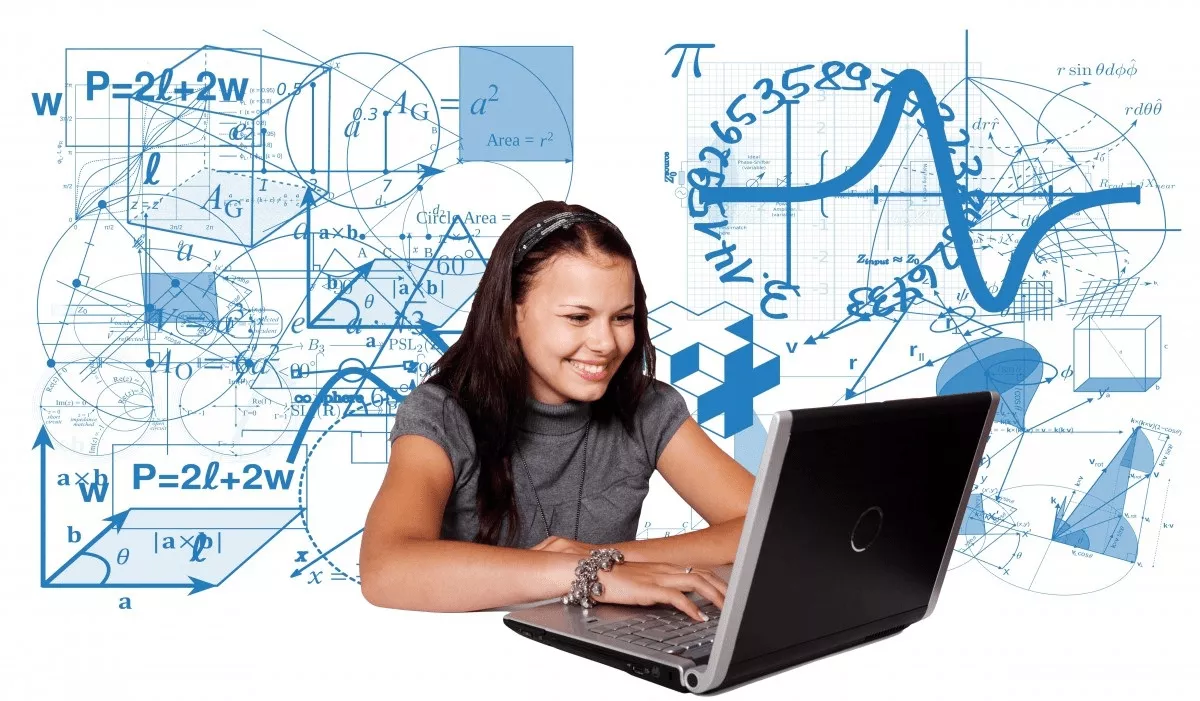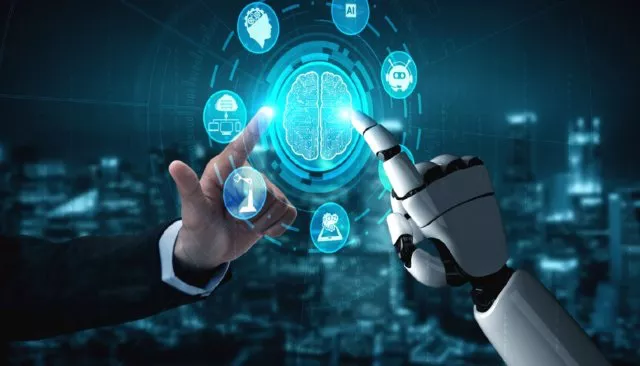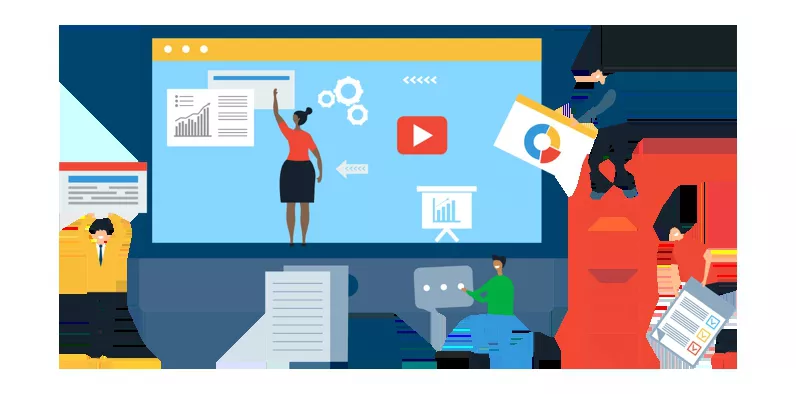
Education Technology the latest trends.
The
COVID-19 pandemic has significantly altered the way we teach and learn.
Students and teachers alike now have to get used to distance learning via
digital platforms due to social distancing. Even as the effects of the pandemic
are slowly but surely subsiding, the fact that more and more members of the education
community are willingly or unwillingly exposed to the technology platform has
brought about this collective realization that the influence of technology in
the education system shall only increase going forward.
Currently, educators are being mainly exposed
to the technological benefits of connectivity, versatility and student-centric
learning.
Where, technology is viewed as transforming traditional book teaching and
learning to digital form to make teaching more effective. In short, e-education is simply a process of
integrating technology into education to build better teaching/learning
experiences that result in higher learning outcomes. However, there are several more key
aspects of education where technology shall play the role of positive disruptor
going ahead.
Some key areas where technology can
further influence the education system are as follows:
1. Innovative Teaching Methods
In the conventional education system,
the implementation of technology has been mainly in the imparting of the
curriculum by the teachers. Conversely, teachers now can innovate in the way
they impart their teachings by bringing in more visual content (videos,
animations etc.). So teachers have opportunities to introduce various new
methods to better engage with their students.
Also, as we know technology is a
great way to network. Using various technology platforms, teachers can connect
with their counterparts and discuss various issues and/or share best practices
among each other to make the teacher-student interactions more fruitful.
2. Encourage collaborative teaching
As we all know, in the conventional
education system the opportunities for student-teacher interactions are
limited. Even though in the past decade concepts like “collaborative
learning”,” brain-storming” etc. have been introduced in the conventional
system to various levels, their effectiveness is highly debated by various
researchers.
Technology could provide a
plausible solution that could settle this debate and usher in a new era of
student-teacher interactions-based learning (collaborative learning). Various
technologies today help to make the teaching collaborative with equal if not
more participation from the students. This can be done using both audio/video mode
or using applications. In the case of collaborative teaching the role of a
teacher shifts mainly from that of a teacher to that of a moderator/mentor who
will guide the discussion or provide strategic inputs at various intervals.
3.
Customization
for everyone
As rightly said, “Every child is unique;
therefore, their education should be also”. Our conventional education system
due to its legacy of the past was not centered around this thought process.
However, just like any other fields of humanity like science, economics or
medicine the education field also requires evolution. Technology is an enabler
to this evolution and provides a platform that can address the needs of each
student or teacher.
With the concepts of assessment/evaluation, a
unique profile of students can be created to identify the key areas of focus or
strengths of each student. Using the evaluations, teachers can provide specific
assistance to the particular student. Similarly, teachers can also be evaluated
and their areas of strengths and improvements are mapped. This can help
teachers for self-evaluation and seek for additional assistance to tackle their
areas of improvement. Features that easily help students revisit certain key
areas of a topic become key to providing an additional opportunity for the
student to go through specific topics again; thus reinforcing the student’s
understanding.
4. Insightful assessment
Technology can play a major role in changing
the dimension of how assessments are looked at in the education sector. Using
the technologies like Artificial intelligence(AI), Big Data, Data analytic , etc.
the way in which assessment process is conducted, evaluated and analyzed has
completely changed. AI has helped to automate so much of the assessment process
like grading, question creation etc.; while, Optical character recognition(OCR)
technology is used today to convert the assessment texts into digital form and
grading done through AI using the pattern recognition techniques.
Likewise, technology insures that assessments
can be more frequent and analysis of these assessments helps the teachers to
monitor the progress of the students and ideally forecast the areas where the
students might have issues in the future.
5.
Learning
Analytics
Technology is proving to be a powerful
assistant as an in-house teaching tool. Learning analytics are tools that can
help educators measure and report students learning online. This help educator
to better understand the student’s issues and optimize their teaching to
counter the issues faced by the students. These concepts are found to be especially
useful in the higher education scenario.
The insights provided help the teachers to
maximize their teaching capabilities and model their teaching in ways that
create the right impact in the minds of the students. Teachers can analyze
their own performances and find the areas of improvement for future lectures while
also identifying students who have certain learning challenges.
6.
Engagement
in learning
The challenge in any classroom is that the
conventional mode of teaching is not necessarily the most effective way for the
students. Thus, various ways have to be tried to better engage the students while
ensuring that the teaching content is as per standards. Gamification, immersive
learning tools like Augment Reality(AR) & Virtual Reality(VR), STEAM (Science,
Technology, Engineering, Art, and Math) are all technology driven methods to
make the learning more engaging for the students.
While techniques like gamification & STEAM
involve students taking up tasks as a mode to learn and understand various
topics. These platforms provide the students the chance to participate while
also increasing their curiosity for the outside world. Technologies like AR & VR help to explain
complex concepts and theories using virtual imagery which provided a completely
different idea to the students about a topic.
The teachers using these technologies are
better equipped to express and share their ideas in a new experience while also
thinking out of the box.
As they say “Change is the only constant”,
today the integration of technology in various aspects of education is the new
normal albeit its use has been hastened by this current pandemic scenario. So,
for all the members of the education community, the behavioral change to
accepting technology as a true enable of change in the present status quo is
very essential. With these new changes, the roles of the teachers and students
alike are slightly changing. Teachers are seen more as facilitators or mentors
rather than the center of the classrooms. Similarly, student’s roles have also become
that of a participating partner in the classroom.
Embracing technology for its usage as well as mindset
is not quite a simple task. With so many solutions in the market and little technological
expertise in most educational institutions, educators
find it hard to assess the effectiveness and cost of these solutions. But, with
SIBIN Group there certainly is a competent and trustworthy partner to guide
educators in their journey to truly transforming into an “Edu-Tech” institution. SIBIN’s unique approach of mapping the
requirements as per the trends of the time and the capabilities of the client
team help to design solutions that truly transform the client working
environment.
“It’s not
that we use technology, we live technology”- Godfrey Reggio.
Trending Blogs



Latest Blogs



